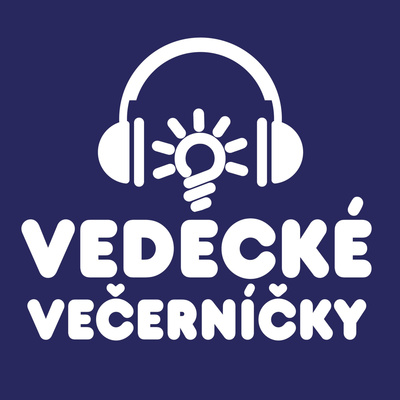Science Bedtime Stories about quantum physics with Andrej Gendiar

With students getting back to schools, a new season of scientific podcasts from children for children begins – Science Bedtime Stories, which is produced by the civic association Scientific Lair in cooperation with the Slovak Academy of Sciences. This third part differs from the previous ones. The moderators are older than in previous parts and the topic corresponds to that. Students of the 9th year of the primary school on Krosnianská Street 4 in Košice welcomed Mr. Andrej Gendiar from the Research Center for Quantum Information at the Institute of Physics, Slovak Academy of Sciences in Bratislava. Thematically, this work deals with basic concepts of quantum physics. Initially, moderators ask their guest about the well-known phenomenon of Schrödinger’s cat. To explain it, Mr Gendiar will use the concept of superposition of states. The next question is whether the whole world can be described as a superposition of the states of all people and objects. The moderators were also interested in comparison of the quantum computer with those we currently use, as well as the quantum internet. Other questions led to why the Rutherford-Bohr model could not describe heavier atoms well and why, despite constant scientific progress, we will not be able to show sharp images of atoms in the future.
The podcast was filmed in the physics department of an elementary school, and therefore sounds of students moving throughout corridors can be heard in some parts of the podcast. We therefore apologize for the reduced quality of the recording.
The entire podcast (in slovak language) with Andrej Gendiar can be found here:
Andrej Gendiar is a theoretical physicist whose professional interest is mainly focused on understanding the processes in low-dimensional quantum systems. In addition to standard analytical methods, which are his tool used for investigation of the microworld, he can be classified as an expert for selected numerical methods, especially algorithms based on the method known as the Density Matrix Renormalization Group (DMRG). In addition to his scientific work, Andrej Gendiar is also involved in the scientific education of the new generation, cooperates with the University of Vienna and organizes regular summer internships in his scientific group for the winners of the Physics Olympiads.
Original author: M. Zentková
 Contact
Contact Intranet
Intranet SK
SK






